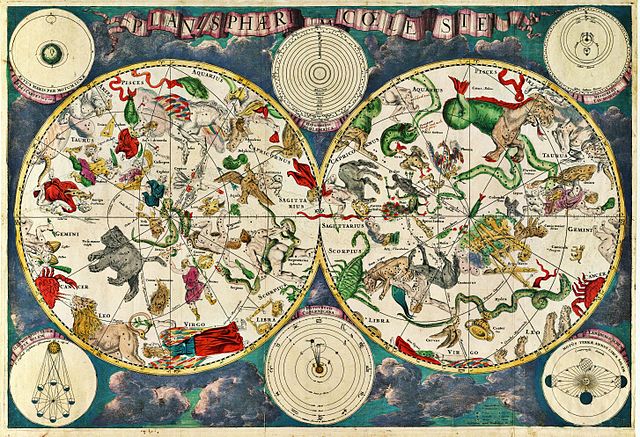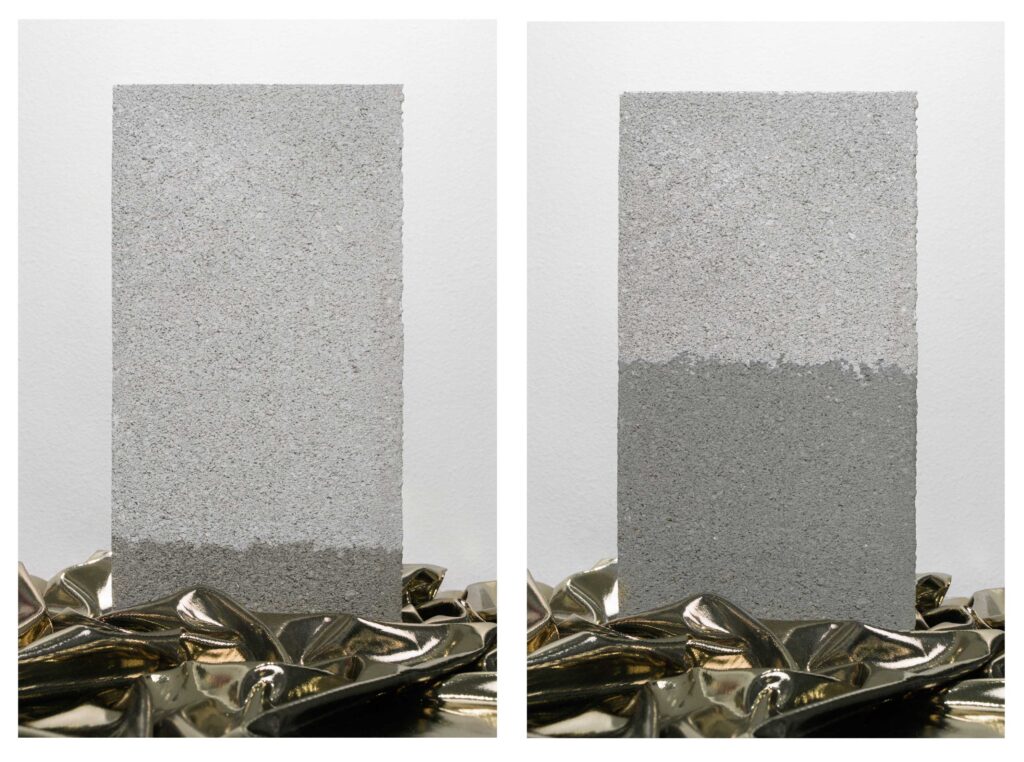Starsign people will inherit the earth

Amanda Montell talks in Cultish: The Language of Fanaticism about how astrology — and TikTok tarot readings, crystals, online alt-spiritualism — gained popularity as a reprieve for people who are marginalized by mainstream complexes of belief. Spirituality, it turns out, is highly marketable. Systems that corner the market on metaphysics tend to feed their beneficiaries well. As with every power structure, lots of people get left out in the lurch, except this time the usual haggardness of inequity comes with the kicker that your soul is also somehow lesser. You’re poor because you don’t work hard enough; you aren’t slim because you don’t eat well; and your soul is unfit for salvation.
So, we seek beliefs that don’t resemble the beliefs of powerful people. You could be stuck in an elevator with a medical doctor, with a priest, with a Fortune 500 CEO, but once you’ve mastered something beyond their control they can’t touch you.
“What, you keep your emergency fund in a savings account instead of an ETF?”
“I don’t know, that sounds like a pretty Libra thing to do…”
Or something. You can at least steal some of their social capital.
None of this is groundbreaking — which, good, because it’s also not my area of study. Research at the intersection of faith and discrimination is vital and has been pursued at length by people who aren’t me. But among many failings I’ve overcome with effort, I used to be an “astrology is bogus” guy. It’s not bogus! It’s populist! I had invented someone in my head who discriminates againts others based on starsign. I imagined someone who decided everything only after watching the sky.
(If that’s someone you know, I ask you this: What do you use to make big decisions? Intuition?)
Now I actually respect astrology, way more than I ever thought I would. It’s an extremely robust system. It never demands that you hate somebody because of their astral chart, it always offers you some way to judge after seeing. “I usually hate Capricorns, but we get along so well! Oh, your Venus is in Sag? That explains it.” Better still, it actually demands that you have a conversation with somebody before deciding how you feel about them astrologically, since nothing about a person’s signs is written on their body.
Overwhelmingly, people I’ve spoken to who are into astrology, even extremely into astrology, tell me it’s mostly for fun. It’s a frame of cognitive play, a highly complex exercise in pattern-finding. Horoscopes prompt us to remember things and direct our attention along paths they otherwise wouldn’t tread. And, sure, I don’t know — if there’s some subvisible squirm beneath the skin of the cosmos, the motion of the stars may manifest there as well as anywhere else.
I’m Cancer sun, Pisces moon, Leo rising btw.
